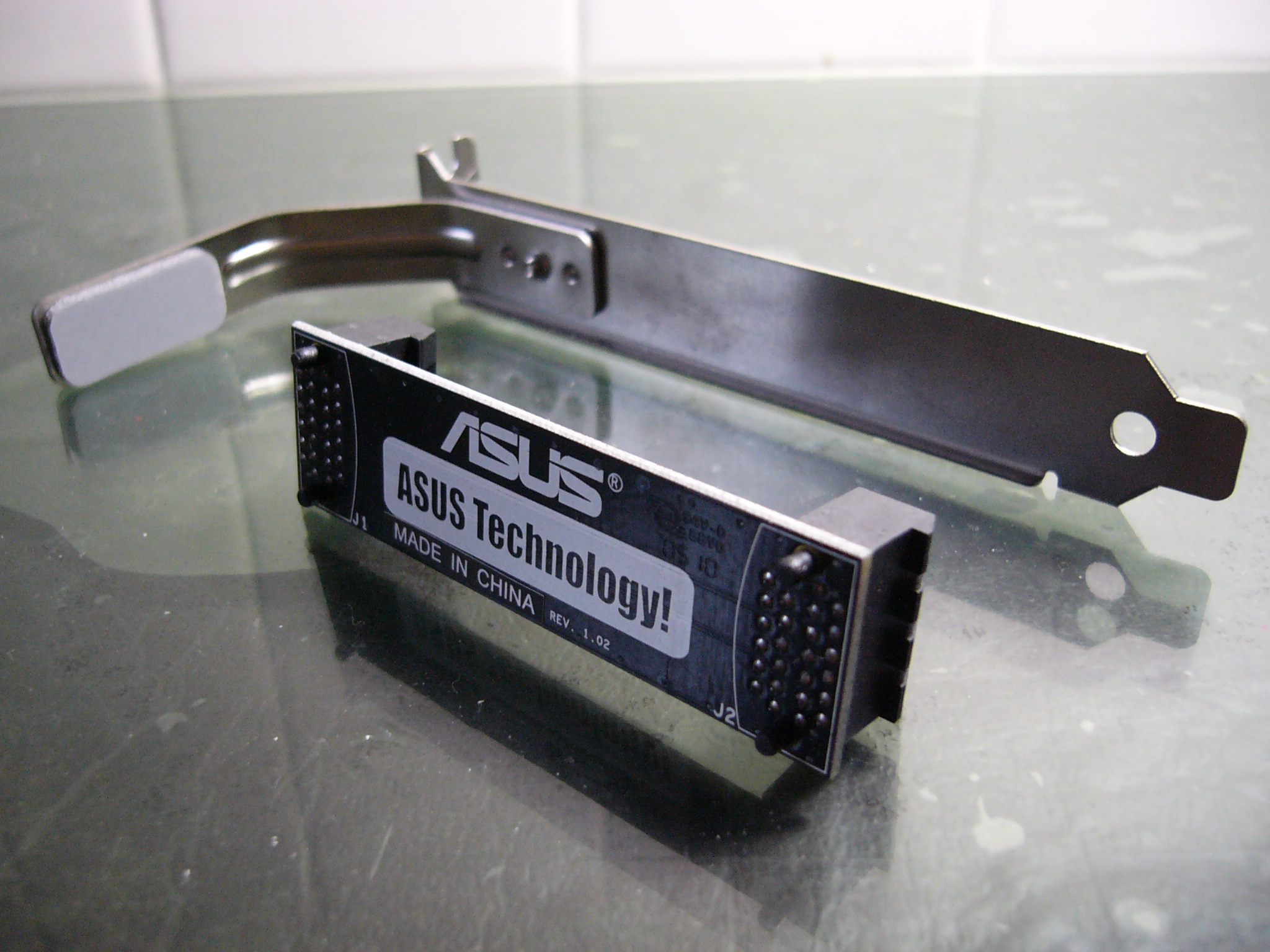Scalable Link Interface
Scalable Link Interface (SLI) is a nVidia brand name of technology combining 2 to 4 graphic cards to produce one single video output.
Graphic cards will be setup in a master-slave mode, one card will be the master and others will work for the master card. For example, a 3 way SLI setup will have 3 cards. The first card will be the master and others will be slave. All cards will divide the workload accordingly and when the slave cards finished their processing, they will output the result to master card and master card will then output all the result to a projecting device.
To reduce the latency between master and slave cards, a SLI bridge is used to reduce the bandwidth constrain and able to send data between two cards directly. SLI will work without the bridge but performance for high-end cards could suffer due to not enough bandwidth.AMD has similar technology called AMD CrossFireX.
Modes available
There are a few modes to configure the SLI, two of which is Split Frame Rendering (SFR) and Alternating Frame Rendering (AFR).SFR works by splitting the workload of a frame equally to each card. For example, a frame with clear sky and some building can be split by a 7 to 3 ratio, since rendering the sky doesn't require much more processing power than the buildings, some extra building workload will be given to the card that render the sky.
AFR on the other hand renders by dividing the frame need to render to each card. For example, to render 60 frames, 30 frames will render by the first card and another 30 frames will render by the second card.
SLI can also use to double the anti-aliasing (AA) performance by splitting the workload.
This article is referred from Wikipedia's Scalable Link Interface article.

